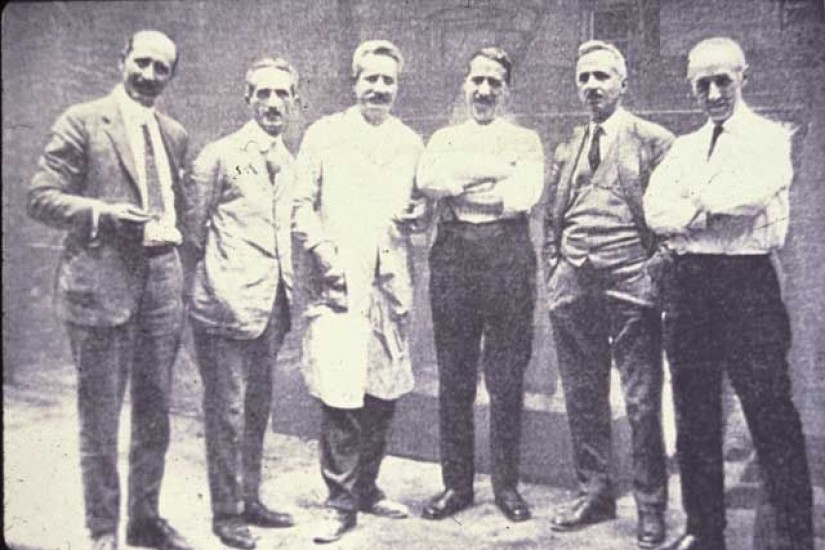When the Piccirilli Brothers arrived in New York from Italy in 1888, they brought with them a skill– artistry and passion for stone-carving unrivaled in the United States. At their studio at 467 East 142nd Street, in the Mott Haven Section of the Bronx, the brothers turned monumental slabs of marble into some of the nation’s recognizable icons, including the senate pediment of the US Capitol Building and the statue of Abraham Lincoln that sits resolutely in the Lincoln Memorial on the National Mall.
The Piccirillis not only helped set our national narrative in stone but they also left an indelible mark on New York City. They carved hundreds of commissions around the five boroughs, including the 11 figures in the pediment of the New York Stock exchange, the “four continents” adorning the Customs House at Bowling Green, the two stately lions that guard the New York Public Library, both statues of George Washington for the Arch at Washington Square, and upwards of 500 individual carvings at Riverside Church.
All six brothers – Attilio, Ferrucio, Furio, Getulio, Masaniello, and Orazio – were born in Massa, Tuscany, near the renowned marble quarries of Carrara, where their father, Giuseppe, was a master carver. Giuseppe taught his trade to all six sons, and Attilio and Furio continued their studies at the Accademia di Belle Arti in Rome. Fortuitously, the Piccirillis arrived in New York at the dawn of the City Beautiful Movement (1890 – 1920), a model of city planning that sought to engender moral and social uplift through inspiring civic architecture. The movement’s monuments were wrought in the classical carving style the Piccirillis had perfected.
Albert Ten Eyck, a former sculpture curator at the Met, explained, “with the arrival of the Piccirillis, it became unnecessary for American sculptors to go to Italy to have their sculpture translated into marble. It became unnecessary, in fact, for a sculptor to know anything about stone cutting, and some were quite content to model in clay, and have all their stonework done by the Piccirillis.”
